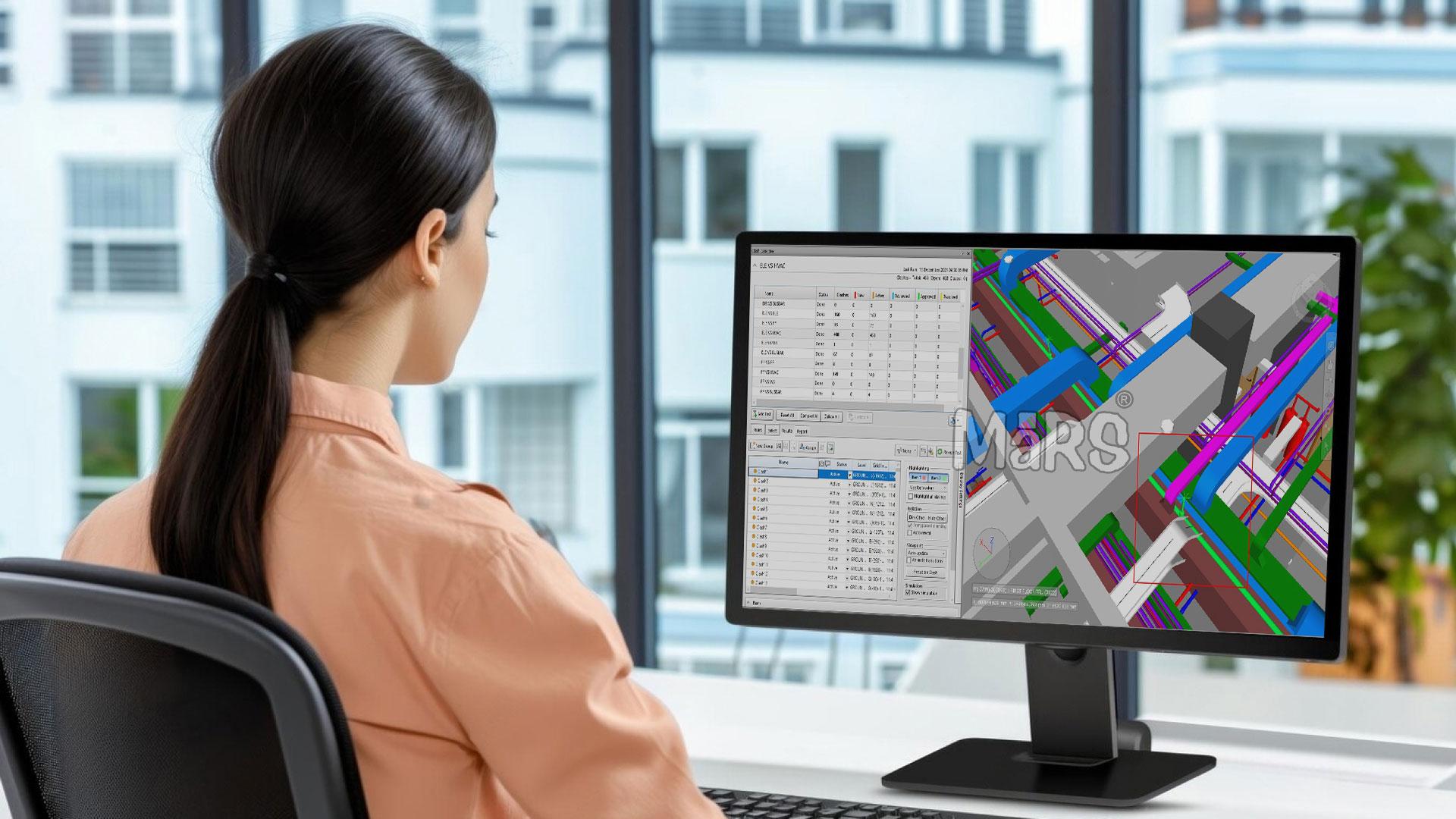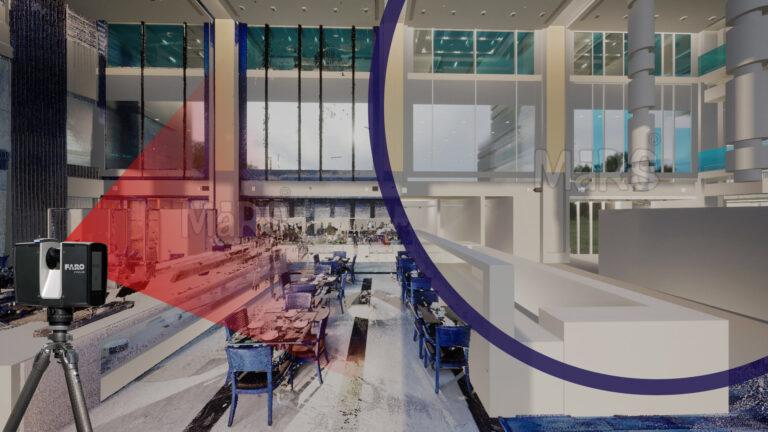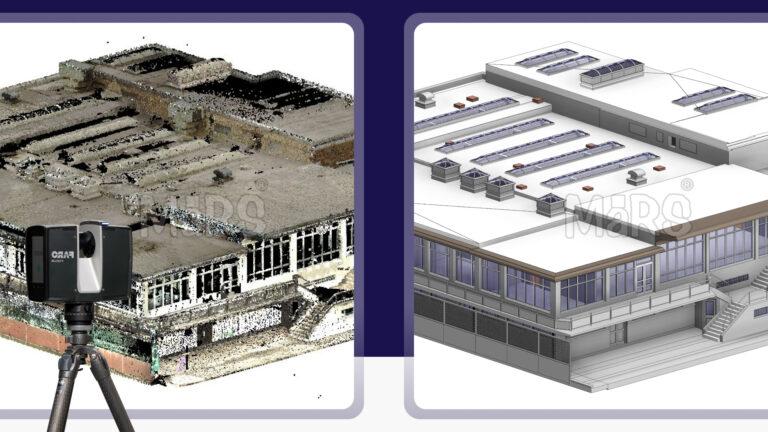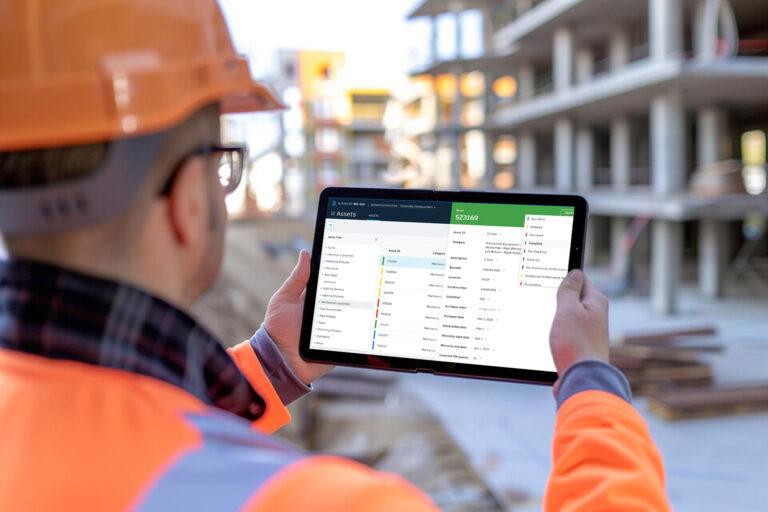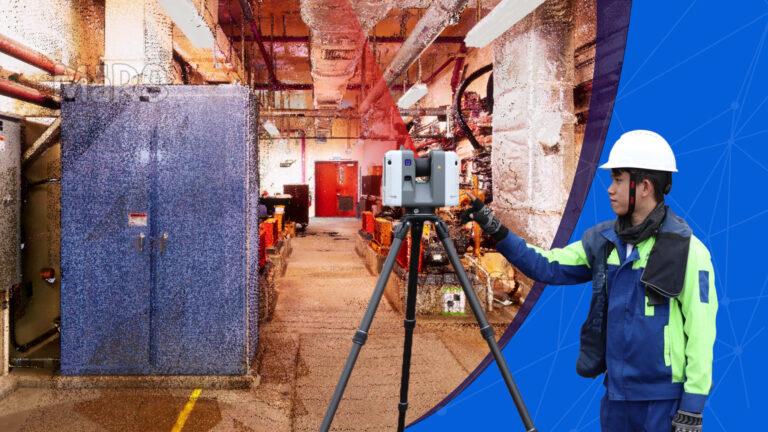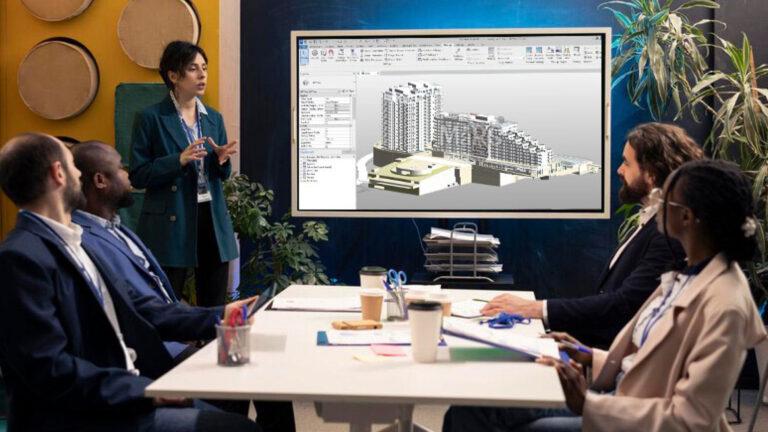In the Architecture, Engineering, and Construction (AEC) sector, Building Information Modeling (BIM) has become a vital information management solution. The intricacy of today’s construction projects is growing, but productivity has not grown significantly. This is because new technology has not been adopted by the sector. The construction sector is embracing BIM to better construction project management. BIM helps create multidisciplinary 3D models such as structural, civil, and architectural models and mechanical, electrical, and plumbing (MEP) models.
BIM assists in identifying potential clashes, making clash detection a critical requirement in transdisciplinary projects where composite designs must be inspected for clashes. This article analyzes how clash detection improves project efficiency and constructability by optimizing construction timelines, lowering costs, and increasing modification orders.
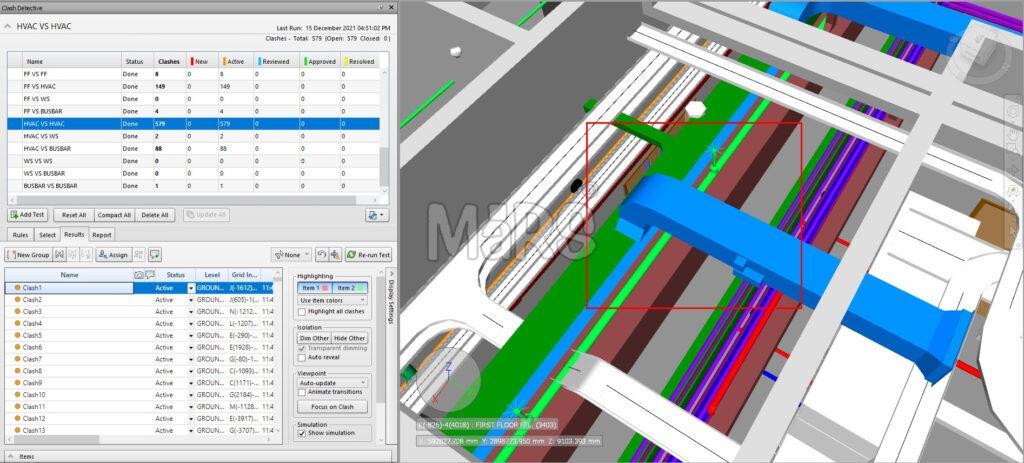
BIM for Clash Detection and Analysis
Conflicts between at least two construction models in a virtual environment are found and resolved through BIM clash detection. Intersections or interferences between different design elements and another object’s buffer zone give rise to these disputes. By identifying potential areas of overlap between design elements that could affect constructability, BIM collision detection helps to minimize expensive revisions and delays during the construction process.
Either a BIM professional creating tests with several circumstances manually, or an automation process that adds relevant models to a cloud-based file and automatically clashes them, can be used to do this. This technique allows BIM professionals and non-BIM specialists to focus on specific objects of interest by employing filters and groupings, providing quick clash results and accessibility to all team members. Clash detection software in the AEC industry improves design and construction project productivity by detecting three types of clashes: hard, soft clash/clearance clash, and 4D workflow clash.

A Hard clash happens when two objects share the same area. In contrast, Soft Clash detects clashes that require positive spatial or geometric tolerances for greater accessibility, insulation, maintenance, and safety. 4D/workflow clashes involve scheduling contractors, equipment delivery, and timetable conflicts, which are linked to clash detection to reduce project effect.
BIM-enabled Clash Detection Process
Autodesk Navisworks is a BIM tool used in the architectural and engineering design industries to discover clashes. It determines when independent models collide, ensuring that all components work together. This technology has aided in addressing difficulties such as project completion delays, growing budgets, and last-minute surprises due to design incompatibility.
BIM provides thorough conflict reports at the design stage, with 3D graphics streamlining the process. The computerized BIM process assesses many federated models simultaneously, making collaboration across BIM, structural, and MEP easier.
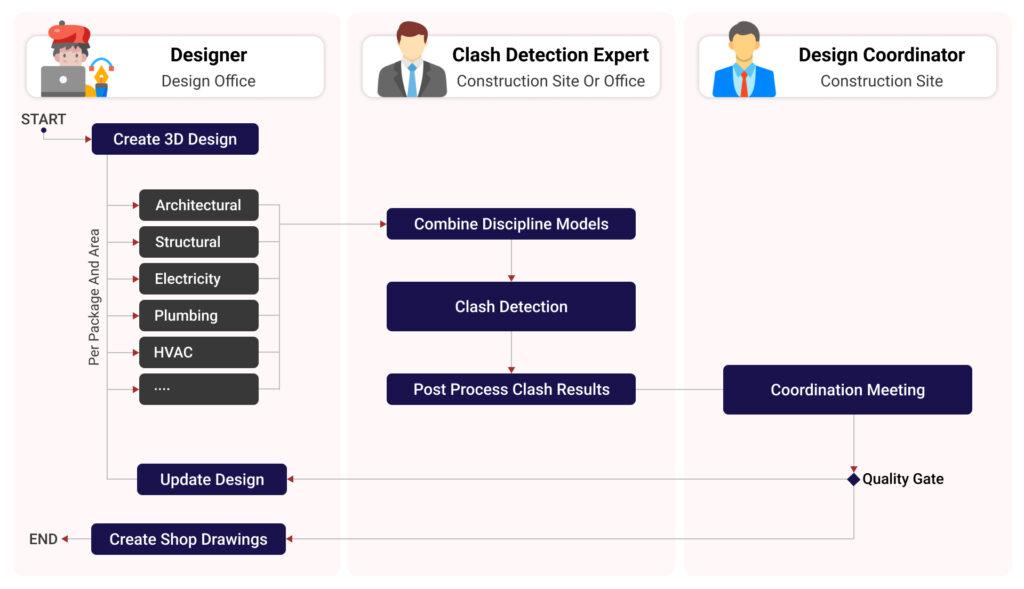
BIM tools generate a clash report between two design models by uploading one model into the software. The second model is loaded and merged with the first, forming a single model for further clash detection. The system then starts the clash detection process, naming the report and running the test. The system provides status details, descriptions, and conditions for potential clashes, essential for re-running the test after design alteration. The final stage allows the selection of details for the report format, such as HTML or PDF.
How does Clash Detection using BIM enhance the constructability of the project?
Using BIM clash detection provides several benefits that can dramatically improve building project management. The following are the benefits of BIM for clash detection:
Design accuracy and data documentation
Building information modeling (BIM) and clash detection systems aid in the transformation of building design by allowing designers and architects to produce sophisticated ideas without worrying about the integrity of construction documents. Changes to a single element are updated automatically in all views and data sheets, eliminating human effort and enhancing efficiency.
Stakeholder collaboration has improved
Integrating 3D models from a variety of disciplines, such as architecture, structural engineering, and MEPF, encourages multidisciplinary MEP Technical Coordination with BIM and collaboration among construction stakeholders. Real-time access to coordinated models increases inter-trade communication and reduces disputes during the pre-construction phase.
Effective Project Planning and Scheduling
BIM conflict detection enhances project planning and scheduling by reducing budget and schedule overruns, avoiding material waste, and increasing installation efficiency. It supports stakeholders in spotting potential issues early on, helping project managers to deliver on time and exceed client expectations.
Fewer reworks result in improved constructability.
BIM-based design planning and management reduces construction changes by fostering early conflict identification and team cooperation using 3D models, minimizing the need for costly and time-consuming alterations.
Conclusion
BIM-based clash detection is critical for stakeholders during the pre-construction stage, ensuring cost and time savings. A coordinated 3D model can minimize design, procurement, production, and installation time and cost. Automation scripts can remove clashes early on, lowering design, procurement, manufacture, and installation time. Using BIM conflict detection technologies, construction professionals can simplify clash detection and boost constructability.

